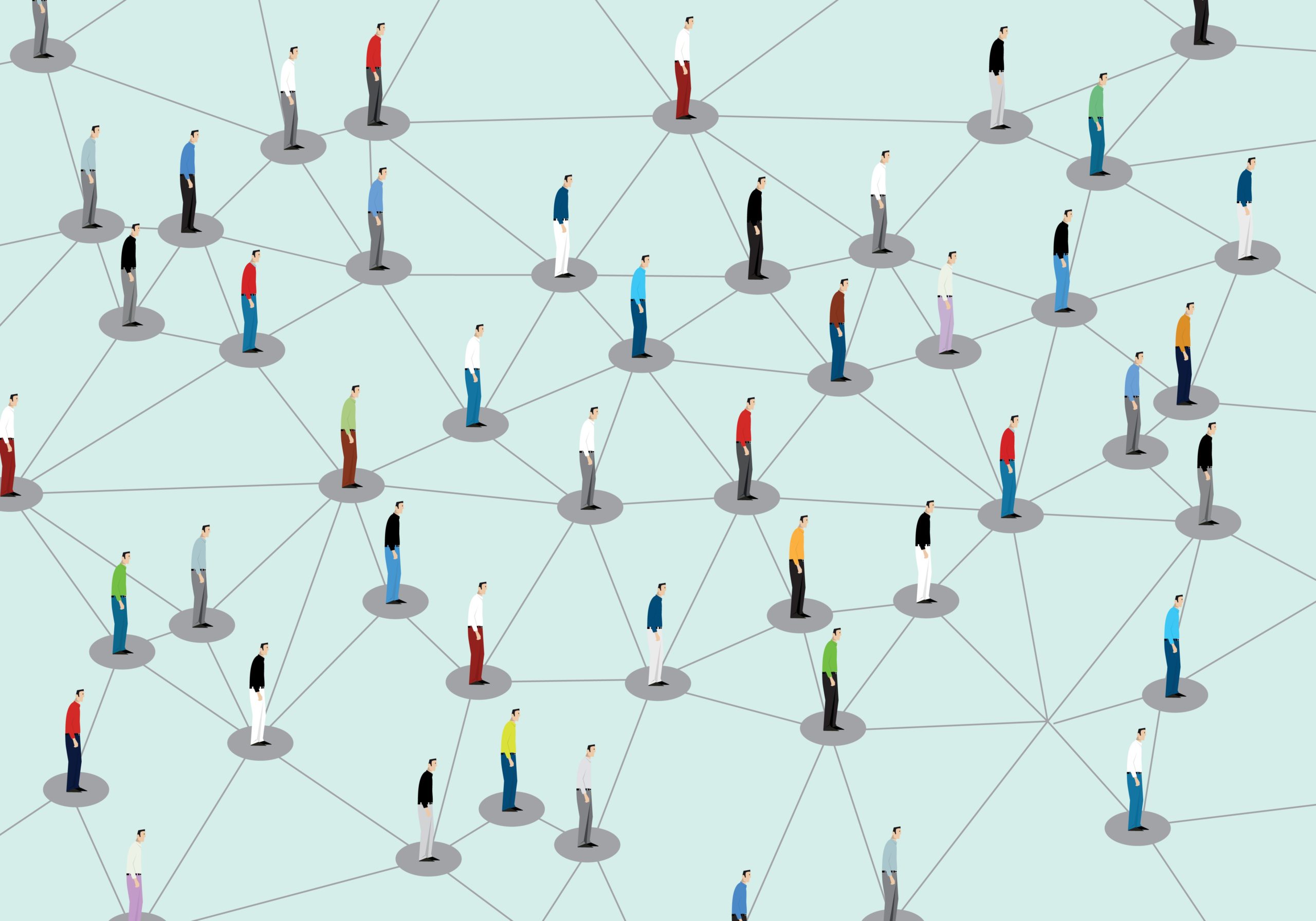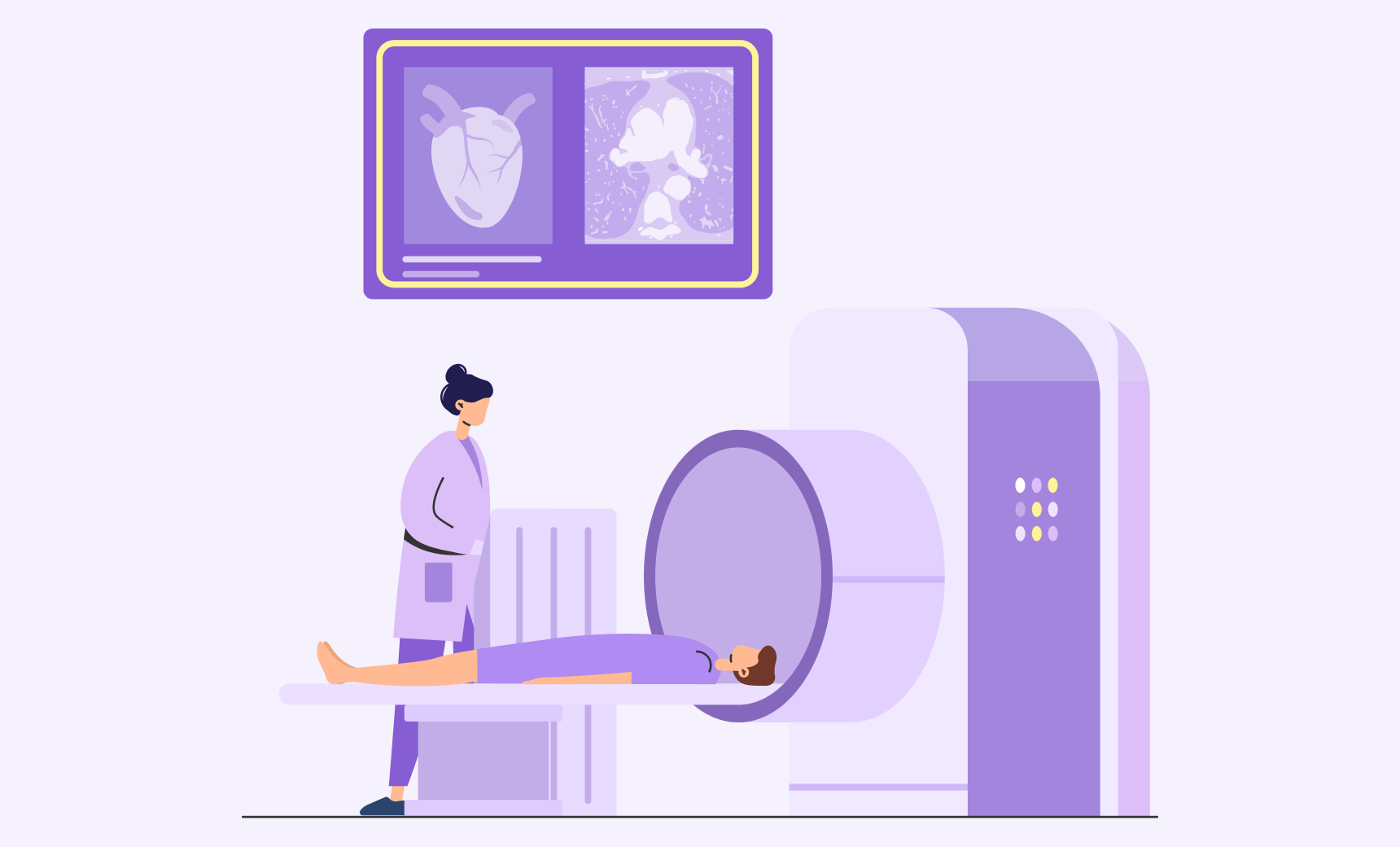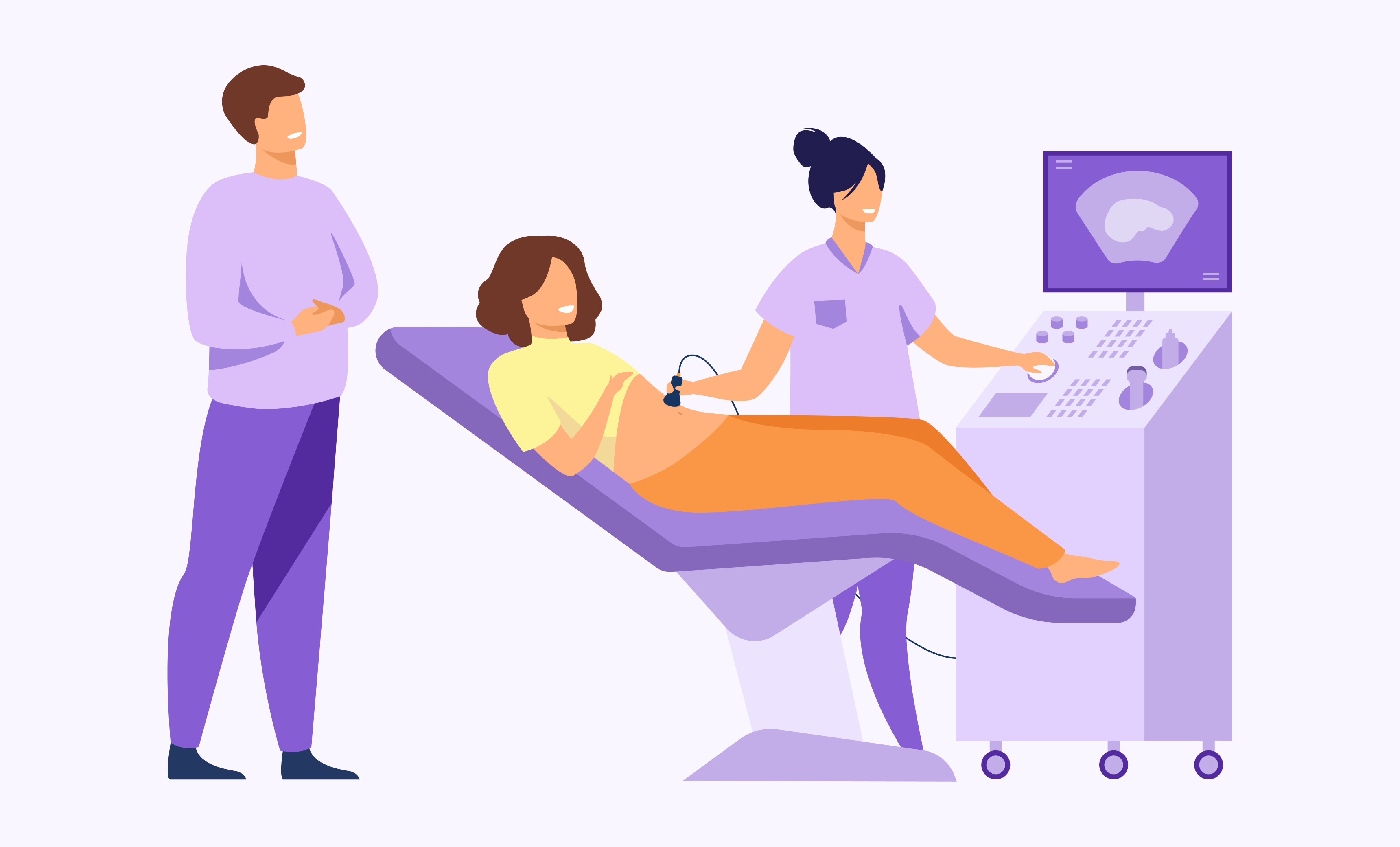
What is contact tracing and how will it fight the spread of coronavirus?
Contact tracing is a term usually used by epidemiologists. However, now it’s being used by the mainstream media daily to help educate the general public regarding the novel coronavirus pandemic, COVID-19. Contact tracing is a critical process to help combat the spread of the virus. So what exactly does it mean? What does it do? And what is the significance of it?
According to the CDC, contact tracing is the public health staff work with a patient to help them recall everyone with whom they have had close contact with during the timeframe while they may have been infectious. Public health staff warns these exposed individuals (contacts) of their potential exposure as rapidly and sensitively as possible.
The primary protocol is to protect patient privacy by only providing information that the contacts may have been exposed to a patient with the infection. They do not mention the identity of the patient who may have exposed them. The contacts are provided with education, information, and support to understand their risk. What they should do to separate themselves from others who are not exposed, monitor themselves for illness, and the possibility that they could spread the infection to others even if they do not feel ill.
The contacts are encouraged to stay home and maintain social distance from others (at least 6 feet) until 14 days after their last exposure, in the event they also become ill. They should monitor themselves by checking their temperature twice daily and watch for newly developed symptoms like coughs or shortness of breath. To the extent possible, public health staff should check in with contacts to make sure they are self-monitoring and have not developed symptoms. Contacts who develop symptoms should promptly isolate themselves and notify public health staff and should undergo prompt evaluation for infection followed by medical care.
Contact tracing is a specialized skill. To be done effectively, it requires people with the training, supervision, and access to social and medical support for patients and contacts. Requisite knowledge and skills for contact tracers include:
- An understanding of patient confidentiality and HIPPA compliance.
- Understanding of medical terminology and principle of infectious disease disciplines.
- Excellent and sensitive interpersonal interviewing skills such that they can build and maintain trust with patients and contacts.
- Necessary skills of crisis counseling, and the ability to confidently refer patients and contacts for further care if needed.
- Resourcefulness in locating patients and contacts who may be challenging to reach or reluctant to engage in conversation.
- Understanding of when to refer individuals or situations to medical, social, or supervisory resources
- Cultural competency appropriate to the local community
Contact tracing is a vital part of the process of supporting patients and warning contacts of exposure to stop chains of transmission. Considering the growing magnitude of COVID-19 cases, there need to be planning to relax mitigation efforts like stay at home orders and social distancing. Communities require a large number of trained contact tracers to quickly locate and speak with the patients to identify people with whom they’ve been in close contact so the contact tracer can locate them. The actual number of staff needed is vast and varies depending on several factors, including:
- A daily number of cases
- The number of contacts identified.
- How quickly patients are isolated, and contacts are notified and advised to stay home, self-monitor, and maintain social distance from others
Time is of the essence in identifying contacts and ensuring they do not interact with others is critical to protect communities from further spread. If communities are unable to adhere to medical guidelines because rapid community spread of COVID-19 is likely to increase to the point that strict mitigation strategies will again be needed to contain the virus.
Contact tracers need to:
- Immediately identify and interview people with SARS CoV-2 infections and COVID-19 (i.e., disease).
- Support isolation of those who are infected.
- Warn contacts of their exposure, assess their symptoms and risk, and provide instructions for the next steps.
- Link those with symptoms to testing and care.
Separating contacts from people who are not exposed is critical to the success of any contact tracing effort and requires social support for individual compliance and medical monitoring. First and foremost is the assessment of an individual’s ability to stay home and maintain social distance from others. This safe environment provides the necessary supports (private room and bathroom, adequate food and water, and access to medication) and the ability to practice adequate infection control.
Communication with the public is crucial. Engagement of the public with contact tracers must be widely accepted to protect friends, family, and community members from future potential infections. Vital public officials and community leaders need to be engaged and supportive of contact tracing efforts. Consider reaching out to community leaders as part of the neighborhood-level contact tracing team. Success in this endeavor requires the community to have public awareness and understanding and acceptance of contact tracing and the need for contacts to separate themselves from others who are not exposed. Community members need to take responsibility to follow the guidance from public health agencies.
Technology partners are critical in the modification of existing systems and the development of new user-friendly data interfaces to manage multiple data streams with seamless interoperability. Case management tools can help automate key pieces of the contact tracing process, making the overall process more efficient. Ideally, data systems would also include automated reports to aid in monitoring progress and outcomes of contact tracing. Data sharing agreements between local, tribal, and state and federal jurisdictions need to be established or augmented to ensure timely and accurate data collection and sharing.
The adoption of emerging technologies that can assist private and public health practitioners with client communication, medical monitoring, and strategies to amplify contact tracing may greatly help with scaling up contact tracing as needed. Ongoing monitoring and assessment of contact tracing efforts are needed. Public health agencies and their partners need to monitor some critical components of their programs to improve performance as needed. Potential metrics routinely reviewed could include the following process and outcome measures:
- Case interviewing: Time to interview from symptom onset and diagnosis; proportion interviewed; the median number of contacts elicited; the proportion with no contacts elicited.
- Contact notification: time from first potential exposure to the notification.
- Contact follow-up: Daily proportion of contacts evaluation status; the proportion of contacts with symptoms evaluated within 24 hours of the onset of symptoms; the proportion of contacts who complete their full self-monitoring period
- Contact tracing efficacy: Percent of new COVID-19 cases arising among contacts during self-monitoring period.
It comes as no surprise that Governor Cuomo repeatedly states in his daily press briefings that contact tracing is an enormous undertaking. Considering how many people have been affected by the CoVID-19 outbreak, it takes tremendous effort and patience to complete the task at hand by both health professionals and patients alike.




Andy Alem
The LabFinder Editorial Team is behind The Illuminator and The Insider, LabFinder’s consumer and business blogs.
Dr.Robert Segal
Dr. Segal is CEO and co-founder of LabFinder, as well as a board-certified cardiologist. He began practicing medicine in 2002 and has founded several businesses, including Medical Offices of Manhattan and Manhattan Cardiology.